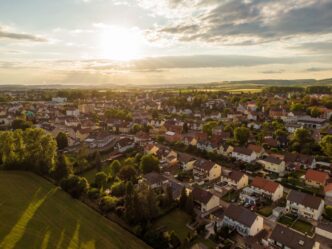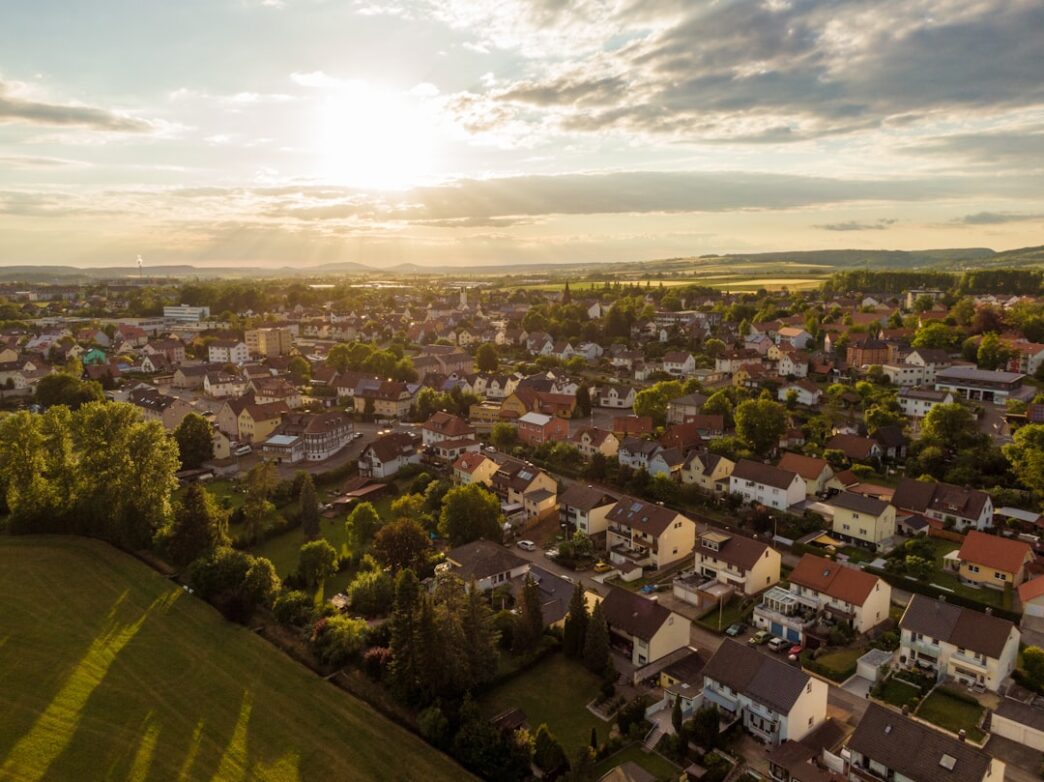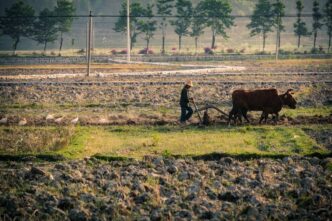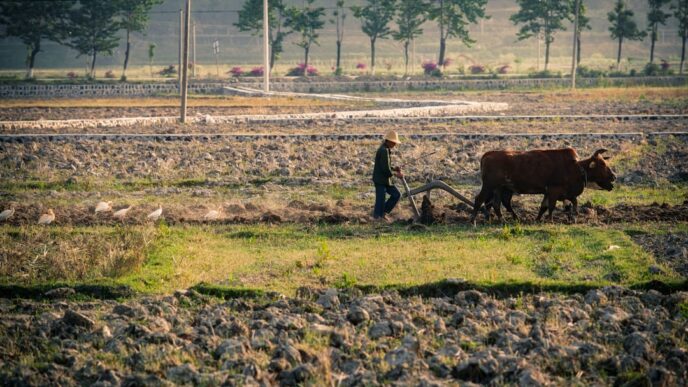The pandemic has irrevocably changed the way many people view their work environment. As businesses pivoted to remote operations, a new economic landscape began to emerge—one that extends far beyond the confines of traditional office spaces, impacting local economies and housing markets in ways previously unimagined.
Consider the case of Austin, Texas, a city that has embraced remote work not just as a necessity but as a defining feature of its economic identity. In 2023, the city reported a notable influx of residents from tech hubs like Silicon Valley and New York City. With remote work eliminating the necessity to live close to their employers, individuals are seeking out more affordable housing and a better quality of life. The result? A 20% increase in real estate prices over two years in previously overlooked neighborhoods.
While this transformation might be seen as a boon for local real estate agents and construction companies, it also raises significant challenges. Long-time residents are grappling with the rising cost of living, which has pushed some communities toward economic inequality. The influx of remote workers has disproportionately impacted lower-income families, whose wages have stagnated while housing prices soar. Local governments are now faced with the urgent task of creating policies that can balance growth with affordability, lest they risk alienating their foundational communities.
In tandem with this housing boom comes a shift in the labor market. Remote work has created demand for localized services—from coffee shops to coworking spaces. Businesses that once catered to office-dwelling employees are now redefining their customer base, adapting to serve a growing number of freelancers and remote teams. For instance, a small café in downtown Austin did a complete overhaul of its business model, turning part of its space into a shared workspace equipped with high-speed internet and meeting rooms. This shift not only kept the café afloat but also created a community hub for remote workers.
The trend is not confined to Austin; cities like Raleigh, North Carolina, and Boise, Idaho, are witnessing similar dynamics. Local economies are being invigorated as these areas attract new residents. However, the rapid change can be jarring. In Boise, for example, local policymakers have reported a spike in housing demand that has outpaced supply, leading to a surge in home prices that has some residents questioning if they will be priced out of their own neighborhoods.
This situation begs the question: How can local economies sustain this newfound growth while ensuring equitable access for all residents? Solutions might include zoning reforms, affordable housing initiatives, and investment in public infrastructure to support increased population densities. The Raleigh City Council has begun exploring such policies, aiming to create a balanced approach that allows them to benefit from the influx of talent while maintaining the diversity of their population.
The remote work revolution is reshaping the economic landscape in real-time, presenting opportunities and challenges that require creative solutions. As cities navigate this transition, the key will be finding ways to harness the advantages of a flexible workforce while preserving the communities that have long been the backbone of their local economies. The road ahead will be complex, but there is no doubt that the impacts will be felt for generations to come.













